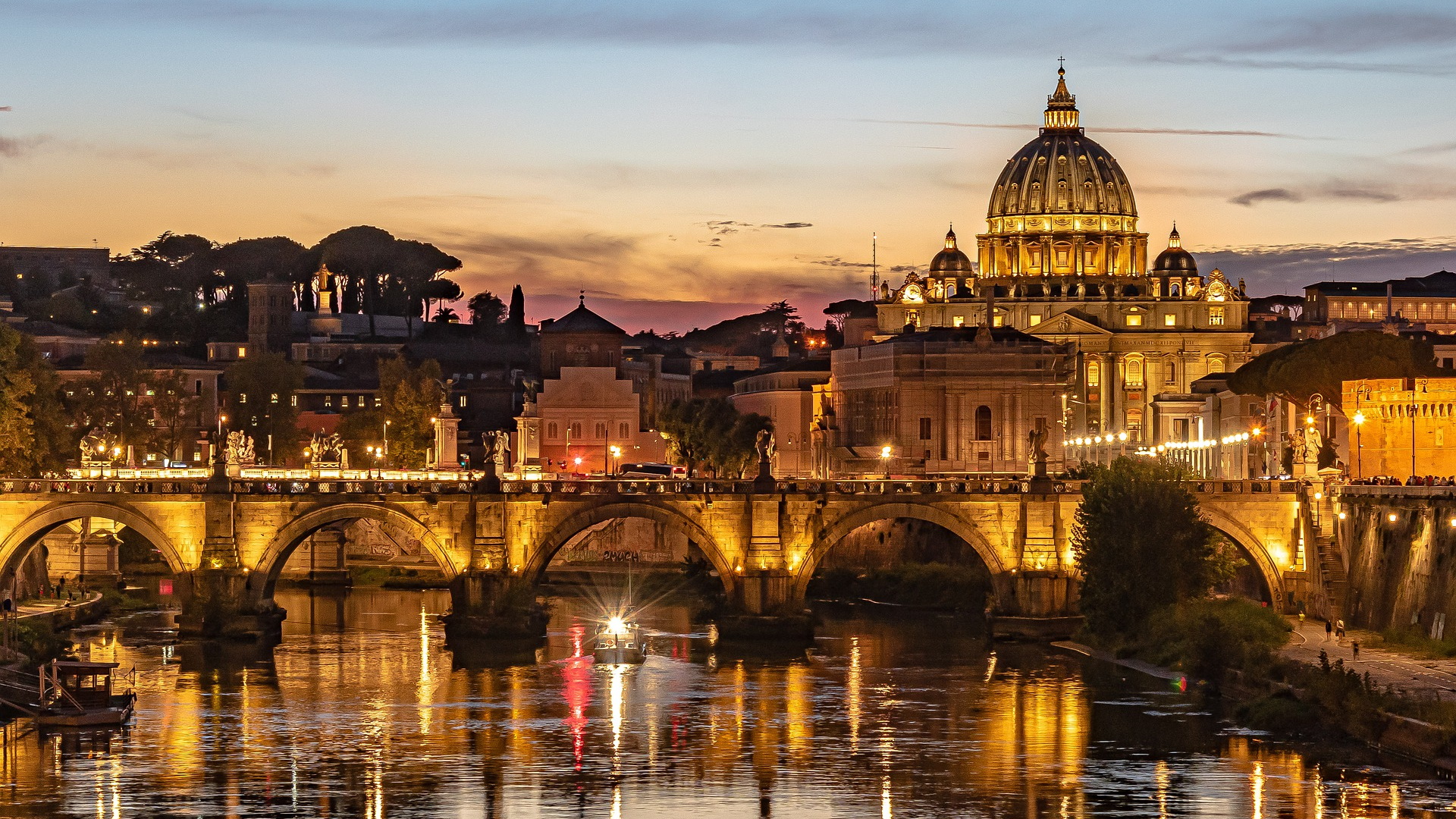
It is said that a city can also be described through its panorama, colours, perfumes, objects, or even an idea. It is precisely those nuances, intangible and temporary, that sometimes turn into unforgettable memories.
Over the centuries, the magic of Rome has been masterly told by poets and writers and wonderfully depicted in the works of great artists. Eternal and mysterious, the Capital envelops those who arrive in a pleasant "sickness of Rome" that does not abandon. It is no coincidence that millions of tourists hurry to throw a coin into the Trevi Fountain with the hope of returning to visit it: because in Rome, remembering Goethe's words, everything is as we imagined it, and everything is new.
If you don't know it yet, or if you want to return to immerse yourself in its charm, here, we try to briefly describe its profile, soul, and colours.
The seven hills and the birth of Rome (753 BC)
Legend has it that the birth of Rome is due to Romulus and Remus, the twin sons of Rhea Silvia and the god Mars, abandoned and nursed by a She-wolf and finally adopted by the shepherd Faustolo and Acca Larentia, his wife. Once they grew up, the twins decided to found a city: to determine who should govern, they entrusted themselves to the will of the gods through the flight of augural birds. From the Aventine Hill, Remus saw six vultures, while Romulus, from the Palatine, sighted twelve, becoming the first King of Rome in 753 BC.
From the Palatine Hill, the city would extend over the seven hills we all know: Palatine, Aventine, Campidoglio, Quirinale, Viminale, Esquilino and Celio.
The blond Tiber
This is how the river god was called in the poems of ancient Rome, a god to whom respect and love were owed. But the Tiber was above all a real road over water with large ports developed since Roman times, definitively demolished in the second half of the 19th century with the construction of the docks to free the city from continuous floods.
Today, direct contact with the river has been lost. However, love, respect, and the awareness of its fundamental role in the birth and development of the city remain. Not to mention the views of incredible beauty from the many historic bridges, such as Ponte Sisto, Ponte Sant’Angelo, or Ponte Fabricio, it gives us.
The cultural and historical heritage of Rome
The imposing monuments, the hundreds of churches, and the spectacular fountains of Rome outline its incredible profile and make it the city with the highest concentration of historical, archaeological, and architectural heritage in the world, with over 16% of the world's cultural heritage and the 70% of the Italian ones.
Its historic center, delimited by the perimeter of the Aurelian Walls, is an overlapping of almost three millennia testimonies. In 1980, with the Basilica of San Paolo outside the Walls and the extraterritorial properties of the Holy See inside the city, it was included in the list of UNESCO World Heritage Sites.
Heart of Catholic Christianity, Rome is the only city in the world to host a foreign state, the enclave of the Vatican City: for this reason, it is often referred to as the "Capital of two States."
The 5 most visited monuments in Rome
They are unmissable and, absolutely, you cannot miss them during your first visit to the Eternal City.
The Colosseum
The Pantheon
The Roman Forum and the Palatine Hill
The Trevi Fountain
Navona Square
But do not forget all the others! Browse through the pages of Turismoroma to create your tailor-made trip.
The natural areas of Rome
Rome is one of the greenest cities in Europe, a treasure trove of art dotted with parks and gardens, rich in lush vegetation and embellished with archaeological remains, sculptures, ponds, fountains, and splendid villas. Delightful green spaces, making Rome a city for all seasons: from magnificent blooms in spring to romantic foliage in autumn, from regenerating walks in winter to pleasant relaxation in summer.
In addition to the historic residences of the most prominent noble families such as Villa Borghese, Villa Doria Pamphilj, Villa Ada Savoia, and Villa Torlonia, Rome holds actual green lungs of historical, archaeological, and natural interest, such as the immense Appia Antica Regional Park. It also has ancient and suggestive panoramic points over the city, such as the Orange Garden, the Pincio, and the Janiculum Hill.
The coat of arms and the symbols of Rome
The municipal coat of arms, officially adopted in 1884, is a shield with a purple background, crossed by a Greek cross and the acronym S.P.Q.R. - Senatus PopulusQue Romanus (the Senate and the People of Rome) in golden characters, dominated by a gold crown with eight florets, five of which are visible.
In the collective imagination, however, Rome is also universally recognized and remembered thanks to the numerous symbols that identify it. Among them, the most famous are:
• the Capitoline She-wolf, the bronze statue depicting the legendary She-wolf who nursed the twins Romulus and Remus;
• the imperial eagle, the military effigy and symbol of the city during antiquity, and the lion, an animal image of supremacy and an emblem in medieval times;
• the Colosseum, the largest amphitheater in the Roman world, recognized in 2007 as one of the seven wonders of the modern world, the only one in Europe;
• the Trevi Fountain, the most monumental and famous fountain in the world;
• the "Cupolone," the dome of St. Peter's Basilica in the Vatican, an emblem of the Christian world that dominates the whole city.
Rome is also a protagonist in the ways of sayings
There are a good number of proverbs and idioms concerning or mentioning Rome. Here are the most famous:
When you go to Rome, do as you will see: the expression is commonly used when following the status quo seems the best idea.
Rome was not built in a day: this proverb means that something needs time and patience to be accomplished or that, in any case, high results are achieved with commitment and meticulousness.
All roads lead to Rome: the proverb comes from the efficient road system of ancient Rome, on which much of the current Italian road system is based. Many roads started from Rome and, if taken in the opposite direction, "led to Rome.".
In Rome, God is not triune, but money: according to a play on words, in Rome, more than adoring the Holy Trinity, the god of money is revered.
The main celebrations in the city
21 April, Birth of Rome. It is the date on which, according to tradition, Romulus founded the city (753 BC). This recurrence is celebrated with costumed representations, cultural events, and recreational events.
1 May, the workers' day: a large free concert is organized in the square of Porta San Giovanni in Laterano, in which prominent Italian and international artists participate.
2 June, the Republic Day. The traditional military parade takes place along Via dei Fori Imperiali, which ends in Piazza Venezia, at the Altare della Patria.
29 June, Feast of Saints Peter and Paul. On this date, Rome commemorates apostles Peter and Paul, patrons of the city.
16 July, Festa de Noantri. The recurrence is celebrated in the Trastevere district on the first Saturday after 16 July, on the anniversary of the Madonna del Carmelo.
Some itineraries you cannot miss
Rome in 48 hours
Roman holidays: Rome in 5 days
The great beauty
Take advantage of the thousand aspects of Rome and learn more about all the suggested itineraries based on the themes or the time available.
Why does the number 7 occur?
Take advantage of the thousand features of Rome and learn more about all the suggested themed or timed itineraries.
Number seven is a historically symbolic number for Rome. It represents the seven hills, the seven kings, the septemvirs, the seven magistrates or priests in charge of specific functions, the seven courts of the vigiles, the seven principal churches of the city, and the seven alphabet letters of the Roman numerals.
Around this evocative issue, we have created stories, curiosities, and itineraries on new and original sides of the city, its monuments, and its history.
The seven most curious fountains in Rome
Seven XS masterpieces
Seven different point of views to read Rome: the historical libraries
Seven Roman guild churches
Seven romantic things to do in Rome
Seven Nativity artworks: a gaze at the sacred heart of Rome
Seven traditional dishes for a real Roman lunch
The art of nicknaming in seven examples
Seven streets named after seven crafts and trades
Seven optical tricks in art: Rome and the magnificent deception in painting and architecture
The urban zoo: seven streets named after animals
Seven times a woman: a female gaze upon Rome
Following in Dante’s footsteps: seven places to visit in Rome
Seven sayings to discover Rome and the Roman dialect
All useful information
Here, you find the helpful information to visit Rome easily, experiencing everything the city offers to the fullest: from tourist-cultural cards to tourist information services, from access methods to places of culture and outdoors to how to get around by public transport and in safety.
Roma Pass
Tourist InfoPoints
Contact center
Rome for everybody
Newsletter
Wi-Fi in Rome
P.Stop
Map of Rome
Rome awaits you!
Parco Archeologico del Colosseo
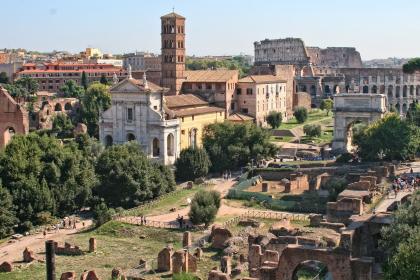
 Condividi
Condividi
The Pantheon
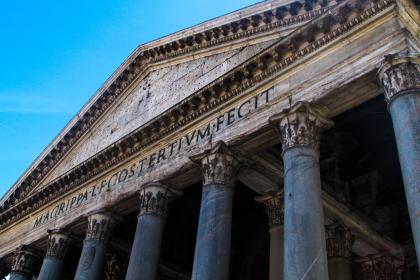
 Condividi
Condividi
The Roman Forum and the Palatine
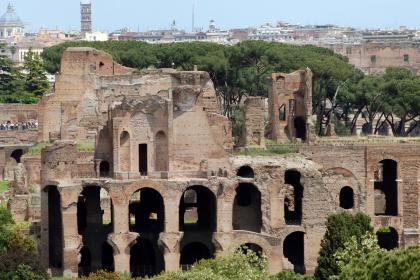
 Condividi
Condividi
The Trevi Fountain
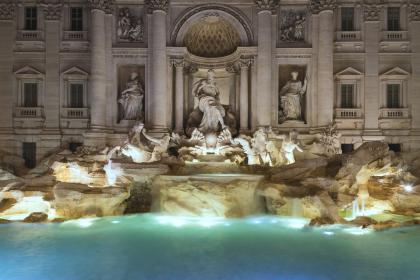
 Condividi
Condividi
The most famous of the Roman fountains: a jewel of water and stone
Navona Square
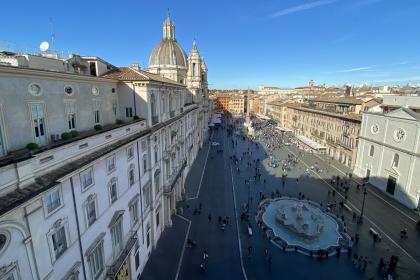
 Condividi
Condividi
The most iconic square of Baroque Rome
Villa Borghese
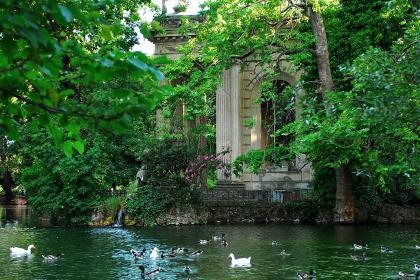
 Condividi
Condividi
Villa Doria Pamphilj
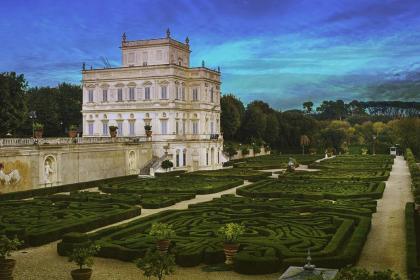
 Condividi
Condividi
Villa Ada Savoia
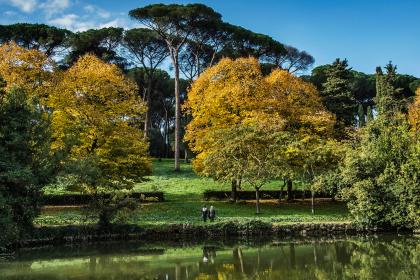
 Condividi
Condividi
The Regional Park of the Appian Way
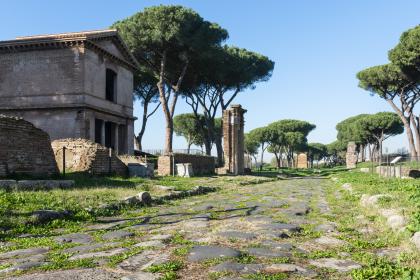
 Condividi
Condividi
The Savello Park or the Orange Garden
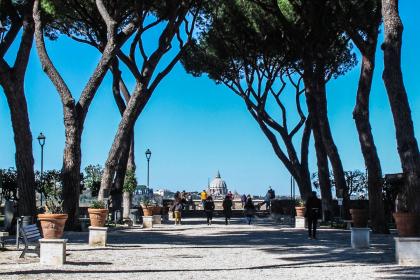
 Condividi
Condividi
The Pincio terrace and promenade
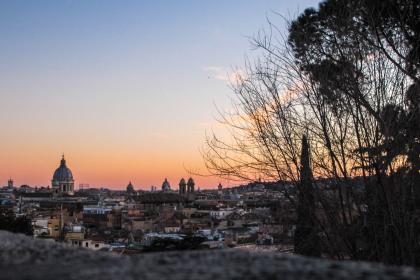
 Condividi
Condividi
Janiculum Hill
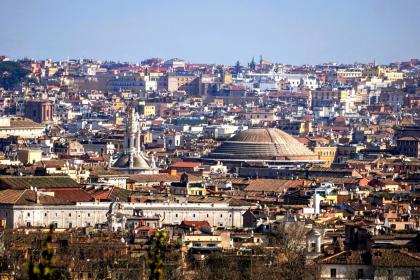
 Condividi
Condividi











































